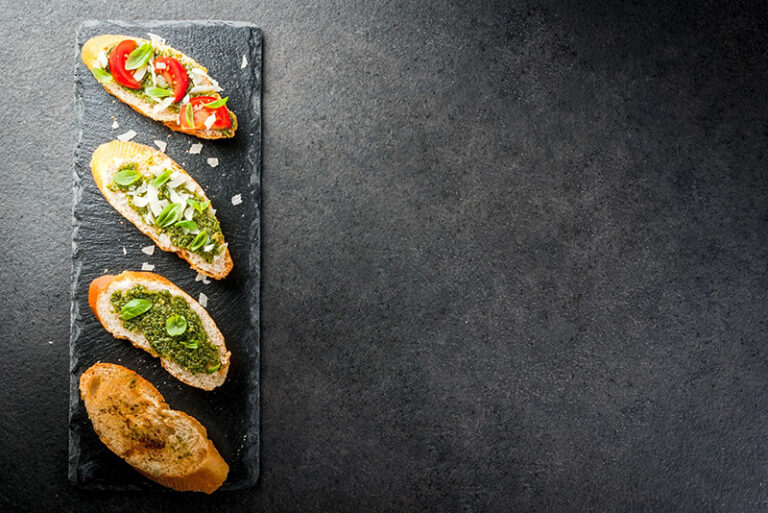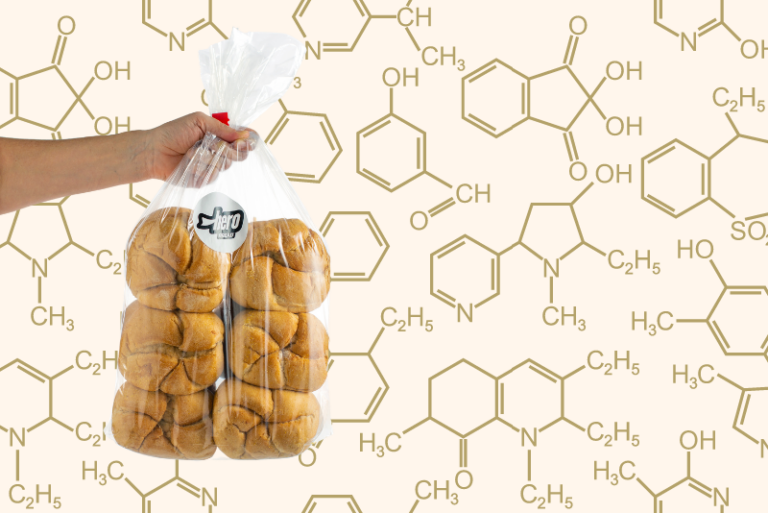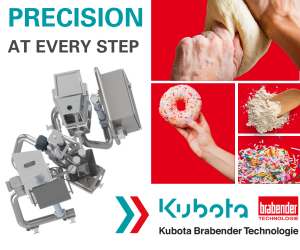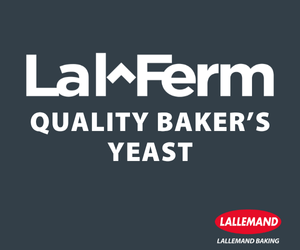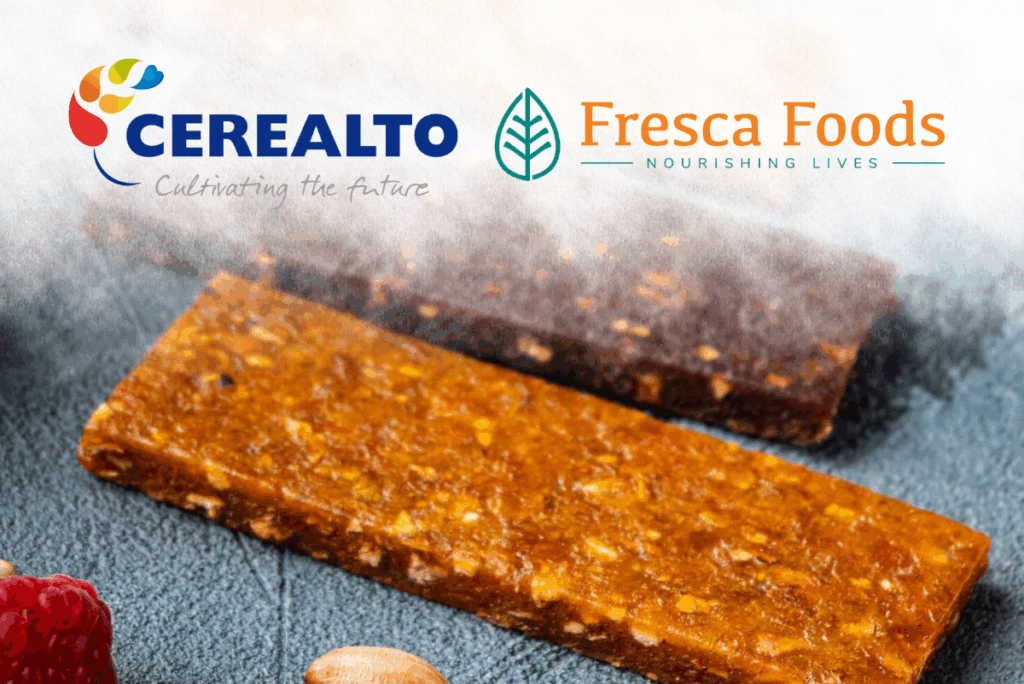KANSAS CITY, MO — Consumers’ ability to communicate with bakers through avenues like social media has changed the game for tracking and understanding trends. In what the company called “the Great TikTok Boom of 2021,” Orem, UT-based Crumbl — an emerging cookie giant known for its limited-time offer cookies — found itself in a unique position to receive direct consumer feedback via user-generated content on the popular video app. When #CrumblReview, where consumers taste-tested the weekly lineups online, went viral, the company seized the opportunity not only to grow a substantial social media following — 5 million followers on TikTok and more than 2 million on Instagram — but also to gain direct consumer feedback in an unprecedented way.
“Feedback is something we hold in the highest regard, and people are always commenting, ‘Tell us when this cookie’s coming back,’ or, ‘You guys should try this kind of a cookie,’” said Chelsea Currier, VP of R&D at Crumbl. “Those are the things we’re always taking into account. When it comes to the creation of cookies, there’s always a number of factors that go into it and feedback is one of those.”
In addition to online comments, Crumbl’s R&D team runs a testing program at 30 of the brand’s retail locations to collect live consumer feedback. This is part of the rigorous process each of these flavor varieties goes through, in addition to a strict set of guidelines, before a flavor is put on the menu.


